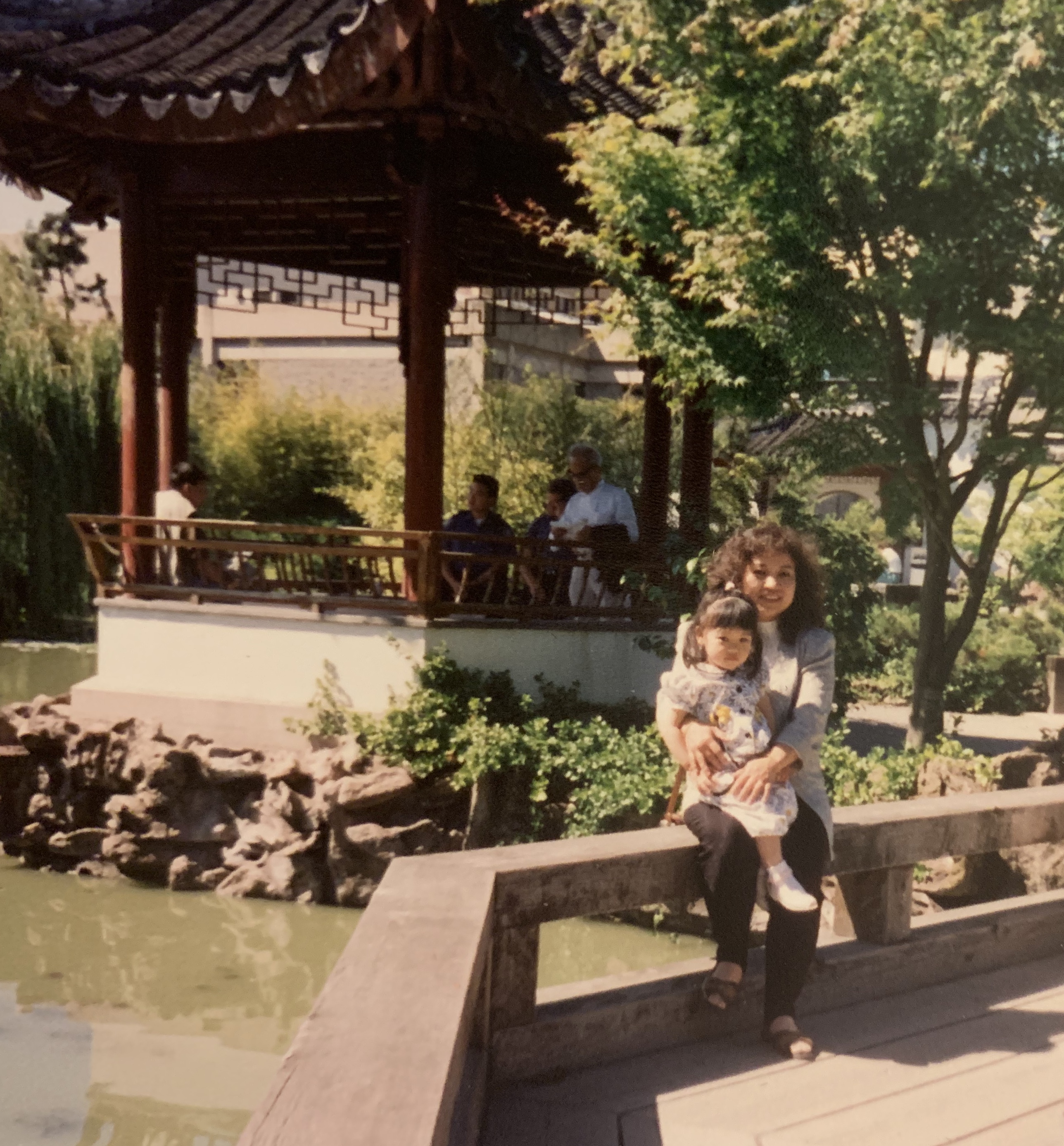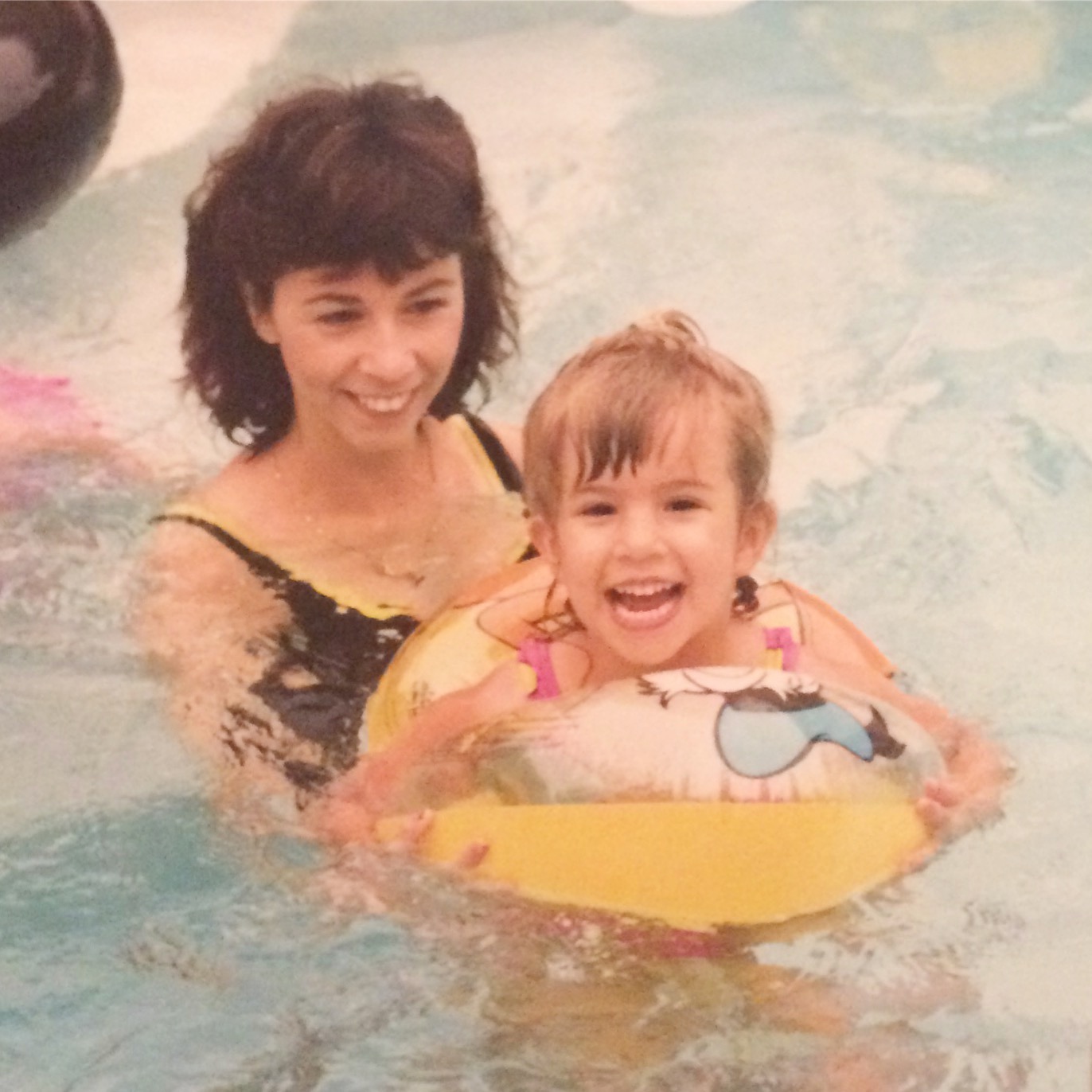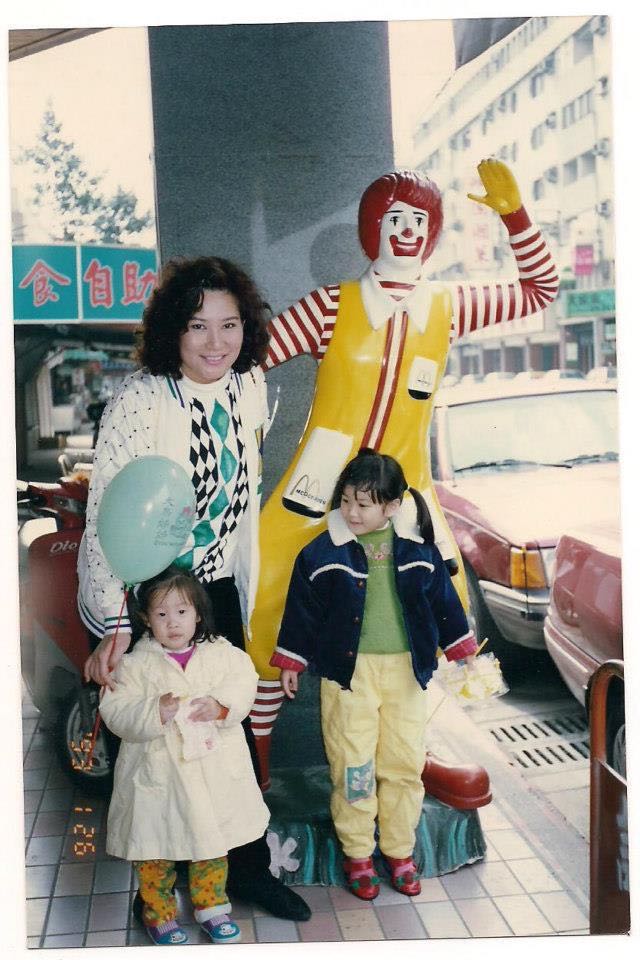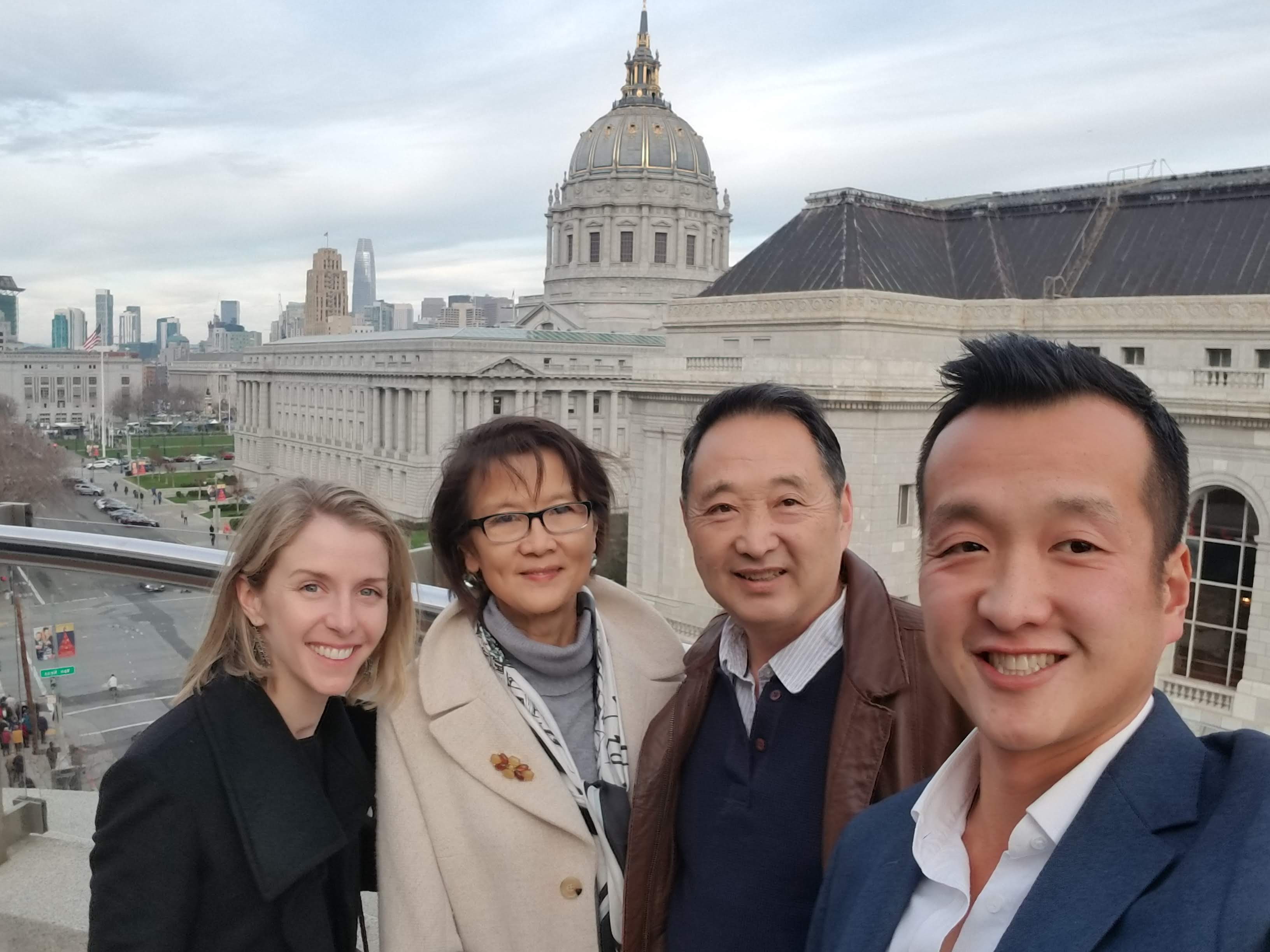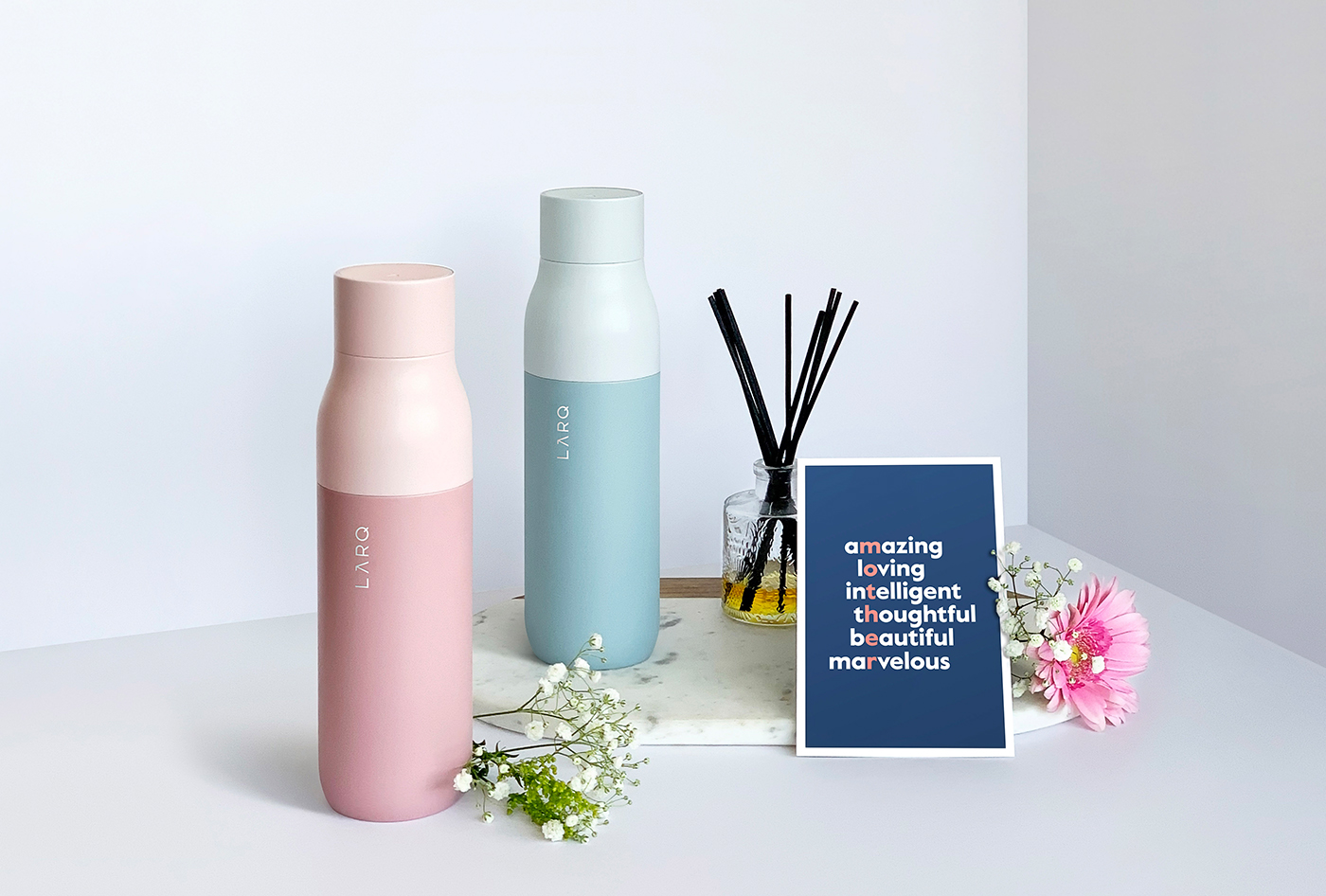Ever walk up to a waste disposal area and wonder what goes where? There’s trash, compost, plastic, paper–it can be a bit overwhelming. You don’t want to put a recyclable plastic in the trash that goes to the landfill, but you also aren’t sure if what you have is even recyclable.
Get to know your trash a little more so you’ll know what goes where next time you encounter this dilemma. Here are some facts about recycling plastics that may help you along the way:
#1 Plastic bags aren’t always allowed in the recycling bin
Although plastic bags are made up of the same materials that theoretically can be recycled in most modern recycling systems, machinery just isn’t able to handle it. Depending on your waste management service, plastic bags might not be accepted as recyclable items because they get tangled in the machines which slow down the process of recycling. They end up being manually detangled and ripped from the machines and thrown into the landfill. Do a little research to find out if your local waste management services allow plastic bags.
In most cases, it’s recommended to have loose plastics in your plastic recycling bin rather than plastic that is tied up in plastic bags. It’s confusing because we think, “well it’s all plastic right?” Right, but they’re not the same type of plastic. We’ll get into more on that later.
Most large grocery store chains accept clean, dry, used plastic bags for special recycling programs to be used to make new items. Take them here if you have plastic bag waste!
#2 Rinse it out
Any recyclable containers that originally contained food should be rinsed out before tossing into the recycling bin. You just need to make sure you rinse out any remaining food particles. However, for sticky substances like jam or honey, you will need to scrub a little to get the stickiness off of the container.
If your local recycling program allows plastic bags, make sure you get any remaining residue off before tossing it into the recycling bin. If there are small crumbs, shake it out; if you had a spill, rinse off the remaining residue and allow to dry before tossing.
#3 Always cap your bottles
In the past, it was advised that people remove caps from bottles because the caps are made from a different material than the bottle, which made them difficult to recycle. Now, waste management facilities are able to recycle the bottles with caps and are advising that people first crush the empty bottles, then put the cap back on. This will increase the number of plastic bottles that can be transported at one time.
#4 Check the codes on plastic cutlery
Not all plastic cutlery is made of the same recyclable resin. And unfortunately, the recycling symbol is not always labeled on each individual fork, knife, or spoon. The plastic recycling number should be indicated on the box or bag that the cutlery comes in, so before you toss it, read the labels so you can let your guests know to throw them in the trash or in the recycling bin.
#5 Remove paper labels on plastic mailers
This one seems intuitive if you think about it since paper and plastic are recycled separately, but if you didn’t know, please remove the paper labels from your plastic mailers before putting them in your plastic recycling bin. The paper and adhesive interrupt the recycling process of the actual plastic, and with interruptions, there is more time wasted and less plastic being recycled.
#6 Know what those recycling symbols and numbers mean
There are 7 Resin Identification Codes (RIC), those little numbers with recycling symbols you see on plastic packaging and products. Be advised: just because a product has a RIC labeled on it, doesn’t mean it can go in your curbside recycling bin at home. As the name suggests, these are merely identification numbers to let you know what kind of material the plastic is made of–some are easy to recycle and accepted almost all recycling programs, and some are extremely difficult to recycle or cannot be thrown into your usual curbside recycling bins.
Why do you need to know these codes? Chances are if you’ve been throwing everything with an RIC on it thinking they all can go in the same recycling bin, you’ve probably been making the recycling process more difficult, inefficient, and causing more problems for the environment along the way. As it turns out, sometimes throwing a certain plastic in the trash is far better than guessing that it’s recyclable, as you read in tip #1.
PETE (1) – Polyethylene Terephthalate
PETE or PET products like soda bottles, water bottles, salad dressing containers, peanut butter containers, and others are allowed in your curbside recycling.
HDPE (2) – High-Density Polyethylene
HDPE include products like milk jugs, shampoo bottles, household cleaner containers, cereal box liners, and yogurt containers that are allowed in your curbside recycling.
PVC (3) – Polyvinyl Chloride (also known as Vinyl)
V or PVC is difficult to recycle, so it is rarely accepted by curbside recycling programs. These products include food wrap, plumbing pipes, window cleaner bottles, detergent bottles, medical equipment, cooking oil bottles and shampoo bottles.
LDPE (4) Low-density Polyethylene
LDPE products are not accepted by most curbside recycling programs. However, there are some that do, and even some independent recycling programs that may be accessible in your community. Common LDPE products include squeeze bottles (think hand creams and toothpaste), plastic shopping bags, carpets, food wraps, shopping bags, clothing, dry cleaning bags, and frozen food or bread bags.
PP (5) Polypropylene
PP is considered one of the safer plastic products and can usually be recycled by your local curbside recycling program. PP products include medicine bottles, straws, bottle caps, ketchup bottles, syrup bottles, and some yogurt containers.
PS (6) Polystyrene (Styrofoam)
PS has been deemed difficult to recycle and has even been subject to local bans as it poses health and environmental risks. PS products include foam packing, insulation, egg cartons, disposable cups, plates, carry-out containers, and meat trays. Most curbside recycling programs won’t accept these.
OTHER (7) Miscellaneous Plastics
Products with this symbol are difficult to recycle and contain toxic BPA. It is extremely rare for a curbside recycling program to accept this type of material. Number 7 products can include nylon, baby bottles, certain food containers, signs and displays, computer cases, sunglasses, and bulletproof materials.
#7 Check your local recycling programs
In order to find out what type of plastics your local recycling program accepts, Search.Earth911.com and Berecycled.org are great places to get started. These sites narrow down your search in your zip code and provide links to information from your communities recycling and waste management programs.
If you find that some products aren’t accepted like shopping bags, How2Recycle.info might have drop-off locations near you. You’ll find a list of items that will be accepted and be on your way to helping this global issue.
Earth Day may be over (April 22), but here’s your gentle reminder that you should be thinking about your impact on the Earth every single day. You don’t have to go completely plastic-free (because we know how difficult that is), but every small change–even something like sorting your waste properly–can make a huge difference. Wherever you can, refuse or substitute single-use plastic, especially the harmful ones we’ve mentioned in this article. Don’t know where to start? Check out our article on sustainable ways to start living a plastic-free lifestyle.
